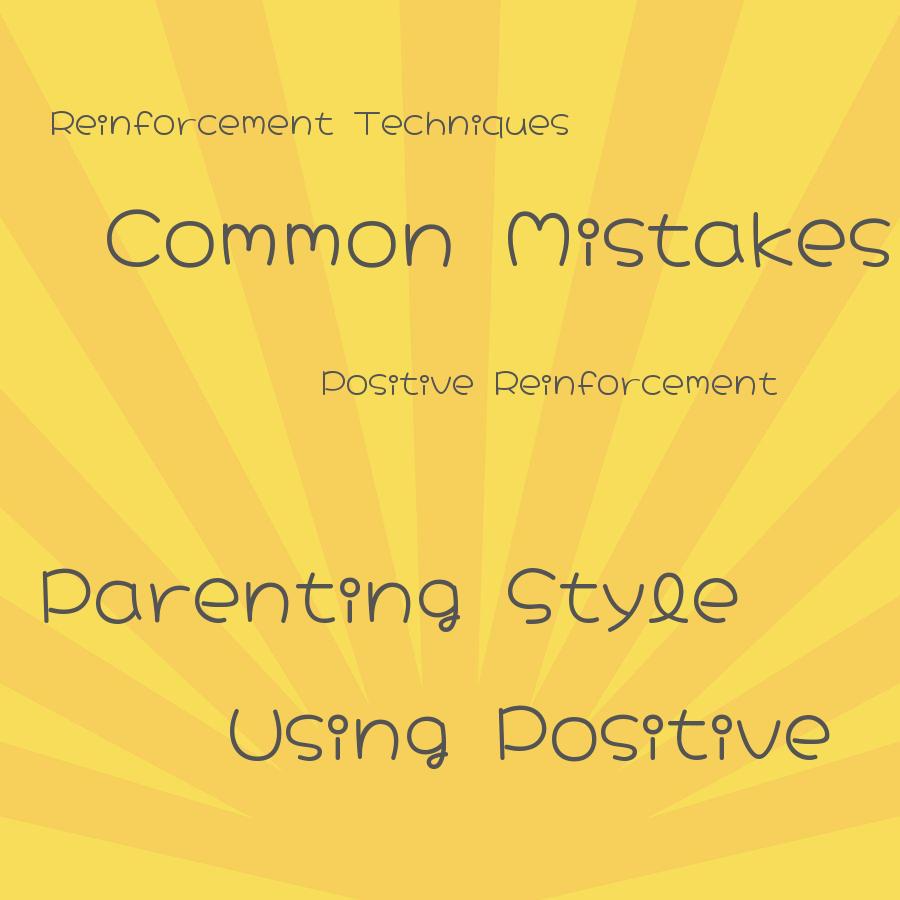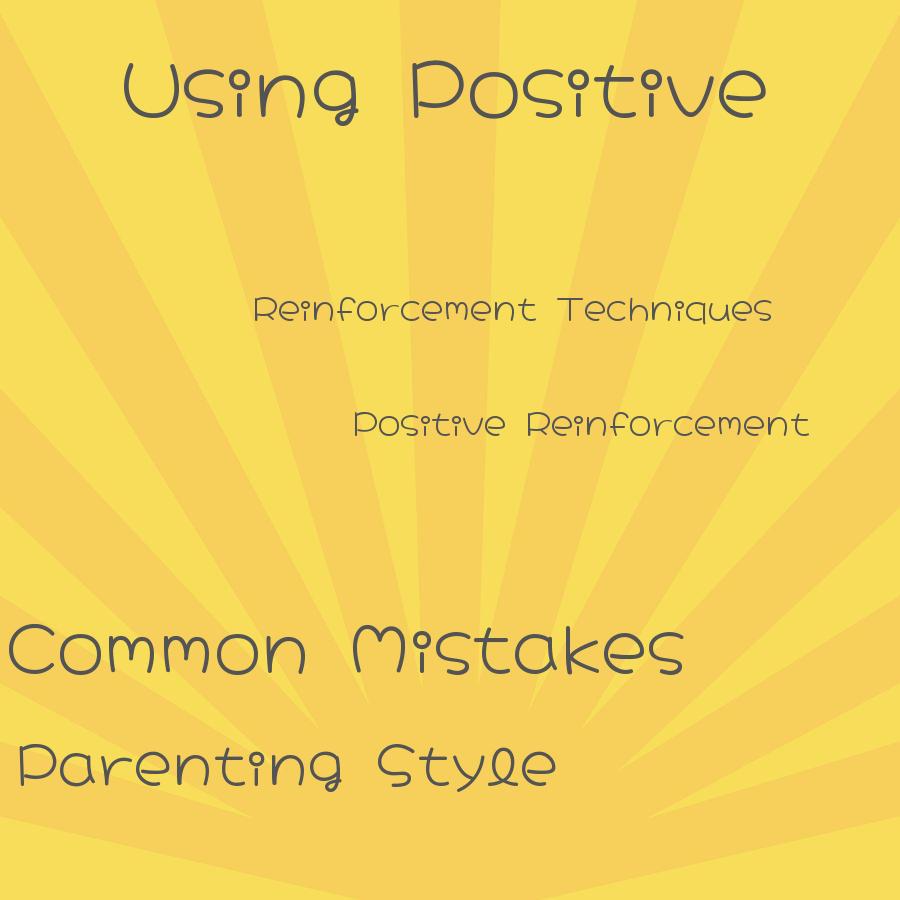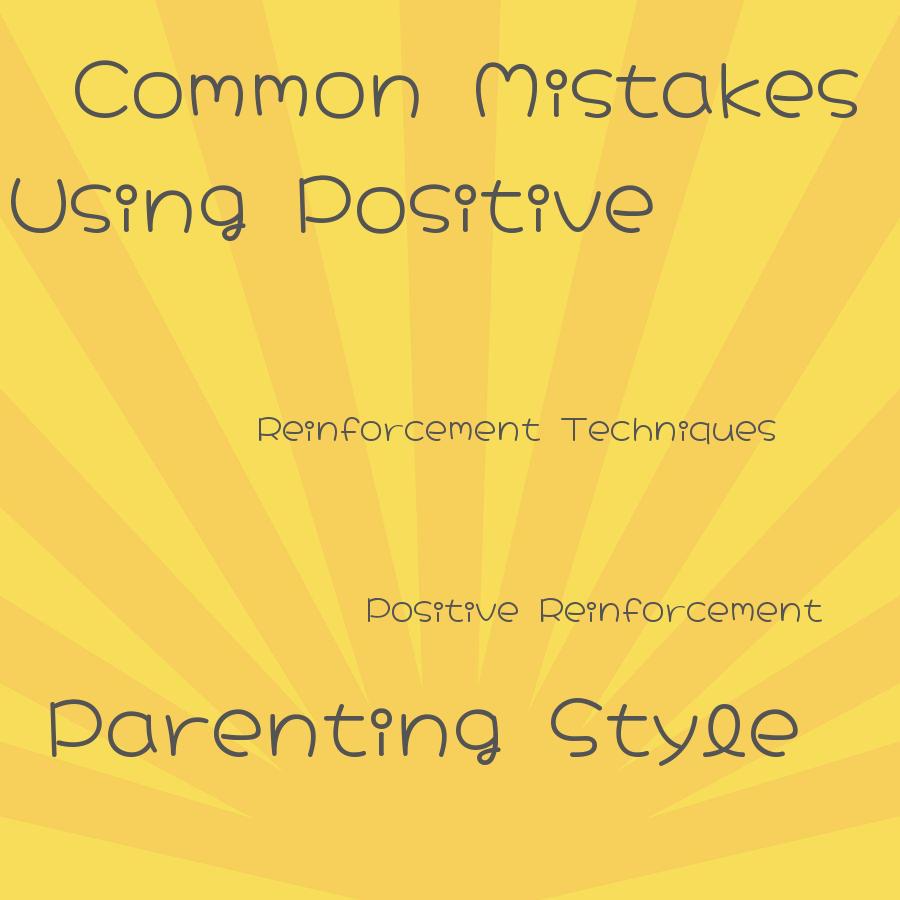Parents use positive reinforcement in their parenting style by rewarding good behavior and praising their children for their achievements, which helps to reinforce positive behavior and encourages them to continue doing well.
As a child, I remember vividly how my parents used positive reinforcement to shape my behavior. Whenever I did something good, they would praise and reward me with a treat or an extra hour of playtime.
It was like magic – the more I received positive feedback, the more motivated and confident I became in my abilities.
Years later, as a parent myself, I have come to appreciate the power of positive reinforcement in shaping children’s behavior. It is a parenting style that focuses on rewarding desirable behavior rather than punishing undesirable ones.
Positive reinforcement has been proven to be effective in building self-esteem, promoting good habits and improving communication between parents and their children.
In this article, we will explore how parents use positive reinforcement in their parenting style and why it is such an essential tool for raising happy and well-adjusted kids. So sit back, relax and let’s dive into the world of positive parenting!
Here You Will Learn:
Understanding Positive Reinforcement



Positive reinforcement is a technique used by parents to encourage good behavior in their children. It involves rewarding desirable actions or behaviors with praise, attention, or tangible rewards such as toys, treats or extra screen time.
The idea behind positive reinforcement is that when a child receives positive feedback for doing something right, they are more likely to repeat the same behavior in the future.
As I mentioned earlier from my personal experience and observation of other families around me who use this parenting style; it can be an effective tool for shaping children’s behavior without resorting to punishment and negative consequences. However, it requires consistency and patience on the part of parents because change doesn’t happen overnight.
For instance; when my daughter was three years old she had trouble sleeping through the night alone in her room but we wanted her to learn how to do so independently without feeling scared at night. We started using positive reinforcement by praising her every morning after she slept through the night alone successfully with words like “Wow! You did great last night!” And then we would reward her with stickers on a chart which eventually led up towards getting an ice cream treat once she reached 10 successful nights.
It took some time before our efforts paid off but gradually over weeks we saw improvement until finally one day our daughter proudly announced that she had slept all by herself throughout the entire week!
Positive reinforcement can be an excellent way for parents looking for alternative ways of disciplining their kids while still promoting healthy habits and building self-esteem within them.
Benefits of Using Positive Reinforcement in Parenting
Positive reinforcement is a powerful tool that parents can use to shape their children’s behavior. It involves rewarding good behavior with praise, attention, or tangible rewards such as toys or treats.
The benefits of using positive reinforcement in parenting are numerous and long-lasting.
Firstly, positive reinforcement helps build self-esteem and confidence in children. When they receive praise for doing something well, they feel proud of themselves and are more likely to repeat the same behavior in the future.
Secondly, it promotes good habits by encouraging children to engage in desirable behaviors such as sharing with others or completing homework on time. By reinforcing these behaviors positively instead of punishing undesirable ones like procrastination or selfishness – parents can help their kids develop healthy habits that will serve them well throughout life.
Using positive reinforcement improves communication between parents and their children by creating an environment where open dialogue is encouraged rather than fear-based discipline tactics which often lead to resentment from both parties involved.
Positive Reinforcement is not only effective but also beneficial for both parent-child relationships when used correctly!
Examples of Positive Reinforcement Techniques for Parents
One of the most effective ways parents can use positive reinforcement is by offering verbal praise. This technique involves acknowledging and praising a child’s good behavior, effort or achievement.
For instance, if your child cleans up their room without being asked to do so, you could say something like “Wow! You did an excellent job cleaning your room all by yourself.” Verbal praise helps children feel appreciated and valued for their efforts.
Another way parents can use positive reinforcement is through tangible rewards such as stickers or small treats. These rewards are given to children when they exhibit desirable behavior such as completing homework on time or helping with household chores.
Tangible rewards help motivate children to continue exhibiting good behavior.
Parents can also use social reinforcement techniques such as giving high-fives, hugs or pats on the back when a child does something well. Social reinforcements help build strong emotional bonds between parent and child while promoting healthy self-esteem in kids.
Using positive reinforcement techniques in parenting has numerous benefits for both parent and child alike – it promotes better communication skills between them while building confidence in kids’ abilities over time.
Common Mistakes to Avoid When Using Positive Reinforcement
1. Over-reliance on rewards: While rewards can be motivating for kids, overusing them can lead to a sense of entitlement and diminish their intrinsic motivation.
2. Inconsistent application: Positive reinforcement should be applied consistently across all situations and not just when convenient or as a last resort.
3. Ignoring negative behavior: Focusing solely on rewarding good behavior without addressing negative ones sends mixed messages and undermines the effectiveness of positive reinforcement.
As parents, we need to strike a balance between using positive reinforcements effectively while avoiding these common pitfalls. Incorporating positive reinforcements in our parenting style requires patience and consistency but yields great results in raising happy children who feel loved and appreciated by their caregivers!
How to Implement a Successful Positive Reinforcement Strategy
Now that we understand the importance of positive reinforcement in parenting, let’s explore how to implement a successful strategy. The first step is to identify the behavior you want to encourage and set clear expectations for your child.
For example, if you want your child to clean their room regularly, explain why it’s important and what they need to do.
Next, choose an appropriate reward that will motivate your child. It could be something as simple as extra playtime or a special treat like ice cream or pizza night.
It’s essential also not only focus on rewarding good behavior but also acknowledging effort and progress towards achieving goals. This helps build confidence in children even when they don’t get everything right at once.
Consistency is key! Make sure you follow through with rewards every time the desired behavior occurs so that children know what behaviors are expected of them consistently over time.
Positive reinforcement can be an effective tool for parents who want their children’s self-esteem boosted while encouraging good habits without resorting solely on punishment-based discipline methods.
Related Reading
- How Do Parents Handle Difficult or Challenging Behavior in Their Child When Using Their Parenting Style?
- Positive Parenting Solutions: Strategies for Effective Child-Rearing
- How Do Parenting Styles Influence a Child’s Self-esteem?
- Which Parenting Variable Is Best Related to Child Adjustment?
- Which Parenting Style Leads to Bossy and Noncompliant Behavior in Children?